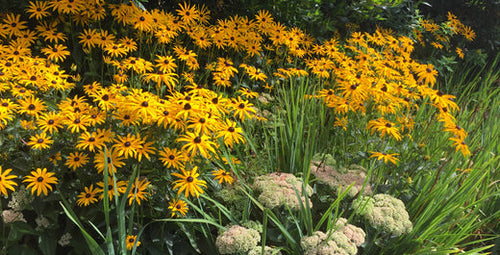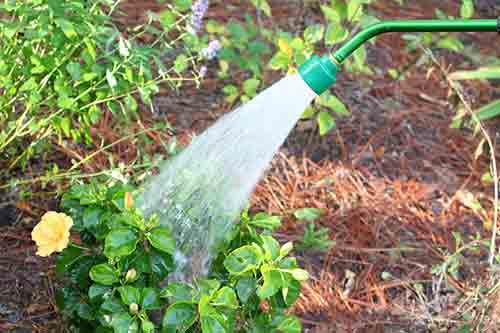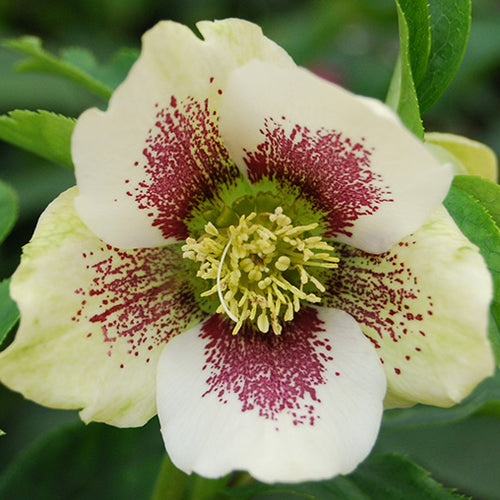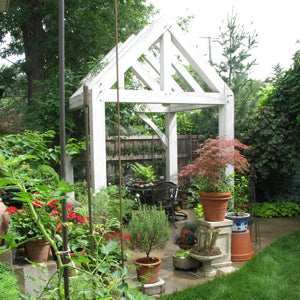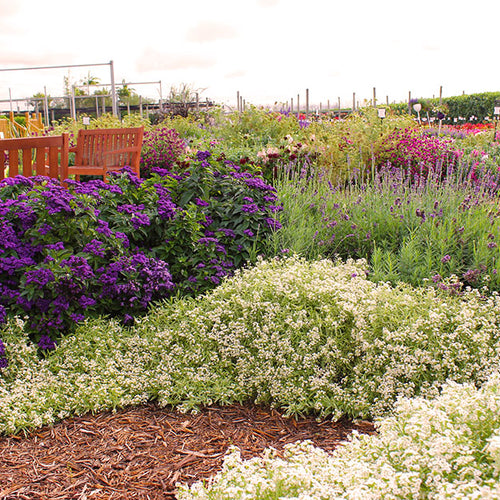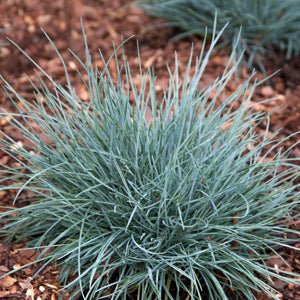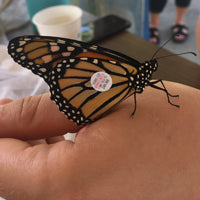
Ever since I was a child I’ve been fascinated by Monarch butterflies. The fact that these crepe paper-like creatures, that weigh less than a paperclip, can travel from places as far north as Canada and successfully make their way to the mountains of central Mexico is truly miraculous. It’s also probably the main reason these beloved creatures have been named the official state insect/butterfly of Alabama, Minnesota, Texas, Vermont, West Virginia, Illinois, and Idaho.
Here off the Gulf of Mexico in Florida, where I live, there are a number of groups that catch, tag, and release Monarchs during their migration to Mexico. These efforts help monitor their travels and keep tabs on population numbers. My wife Karen and I recently helped out at a tagging event. The photo, left, of one of our tagged Monarchs ready for release. The photo above shows the stages of life for this plucky insect.
It’s easy to make a big difference in the lives of these insects simply by including the right plants in your garden. The needs of Monarchs are simple. Like other butterfly species they require food plants for their larvae and nectar plants for the adults.

Monarch larvae feed only on members of the milkweed family (Asclepias). Wild milkweed, which is a common roadside plant is their preferred menu item, but sadly its often eradicated from the landscape. In the home garden, you can grow Butterfly weed, as an alternative. It’s a Monarch favorite and provides sustenance for both the larvae (which feed on the foliage) and the adults (which sip the rich nectar from the bright orange blooms). Butterfly weed grows about 30 inches tall and thrives in full sun. In frost-free regions tropical forms of butterfly weed will grow year round so it’s best to cut the plants back several times a year to keep Monarch diseases from building up on the plants.
Adult Monarchs, unlike their children, are not fussy about the flowers they feed on. Any nectar-rich blooms will attract these hungry insects. Some top picks include:
- Agastache
- Black-eyed Susan
- Blanket flower
- Coneflower
- Cosmos
- Dianthus
- Lantana
- Liatris
- Penstemon
- Russian sage
- Verbena
- Zinnia
I also like to include fall-blooming perennials such as aster,chrysanthemum,and Joe Pye Weed because their late flowers provide a late-season pick-me-up for hungry, And migrating Monarchs.
Read about feeding the Gulf Fritillary butterfly.
Written by Doug Jimerson










